Learning the art of sewing and basic stitches at a young age is not only a valuable life skill but also a great way to foster creativity and self-expression. With just a few simple stitches, primary 4 students can create unique and useful items.
Types of Basic Stitches
Before diving into the actual sewing process, let’s explore the three most common basic stitches:
-
- Straight Stitch: The straight stitch is the most basic of all stitches. It involves passing the needle through the fabric in a straight line. This stitch is commonly used for joining fabric pieces or adding decorative elements.
-
- Running Stitch: The running stitch is a simple and quick stitch used for temporarily holding pieces together. It involves making small, even stitches along the fabric.
-
- Backstitch: The backstitch is a stronger stitch with better durability. It is created by sewing forward, then reversing a bit and repeating. This stitch is perfect for securing seams in projects that require extra strength.
Getting Started
Now that we know about the different basic stitches, follow these steps to get started with sewing:
-
- Thread your needle: Choose a thread that matches your fabric and thread it through the eye of the needle. Tie a knot at the end.
-
- Prepare the fabric: Begin by folding the fabrics together or pinning them in place if necessary. This will help you avoid slipping or uneven stitches.
-
- Start sewing: Choose the appropriate stitch for your project and begin sewing. Remember to start with simple, straight lines before moving on to more complex patterns.
-
- Practice, practice, practice: The key to improving your sewing skills is consistent practice. Start with small projects like simple pouches or bookmarks, and gradually move on to more intricate designs.
Tips for Success
Here are some tips to ensure your sewing journey goes smoothly:
-
- Always use sharp scissors to cut the fabric.
-
- Secure loose threads by tying knots at the end of the stitching.
-
- Iron your fabric before sewing to remove any wrinkles.
-
- Take breaks and stretch your hands to avoid fatigue.
-
- Ask for guidance from a parent or teacher if you encounter any difficulties.
Conclusion
Sewing basic stitches is an essential skill that can bring joy and creativity to primary 4 students. With practice and patience, they can create their own unique projects while developing their fine motor skills. So gather your materials, thread your needles, and let your imagination soar as you embark on this exciting sewing adventure!
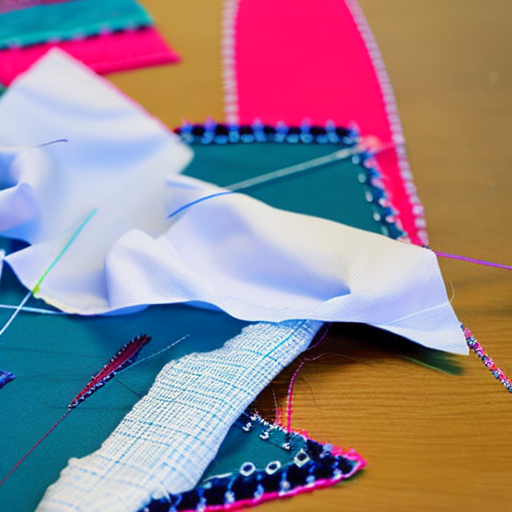
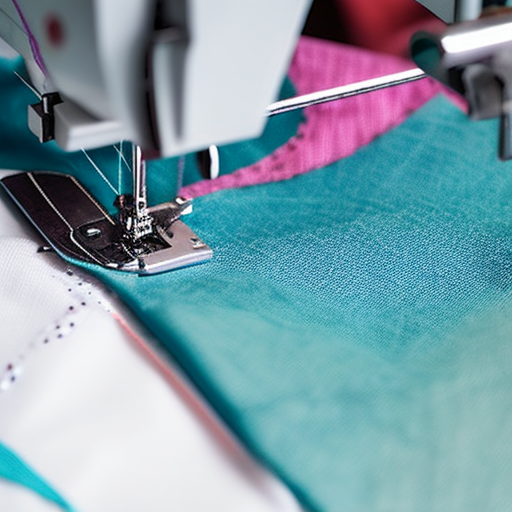
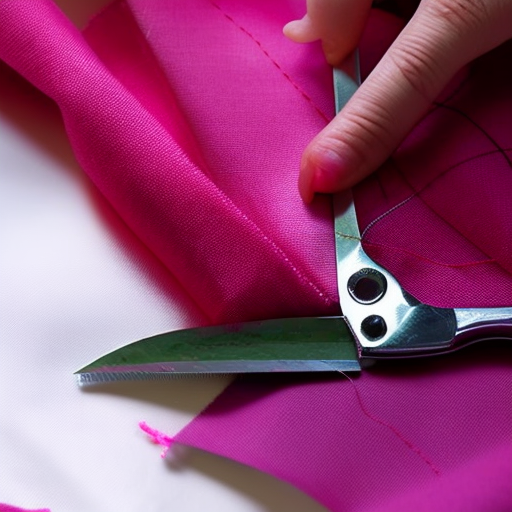
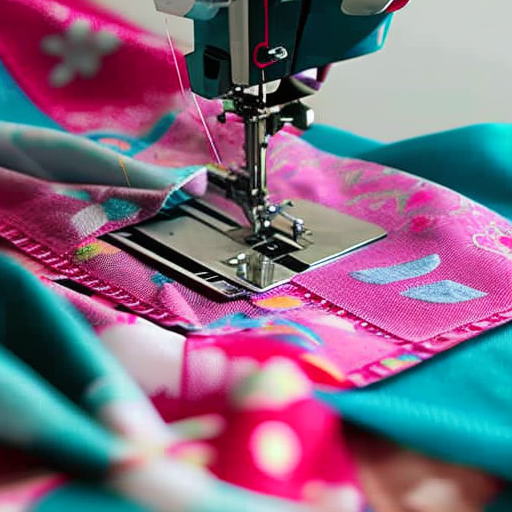
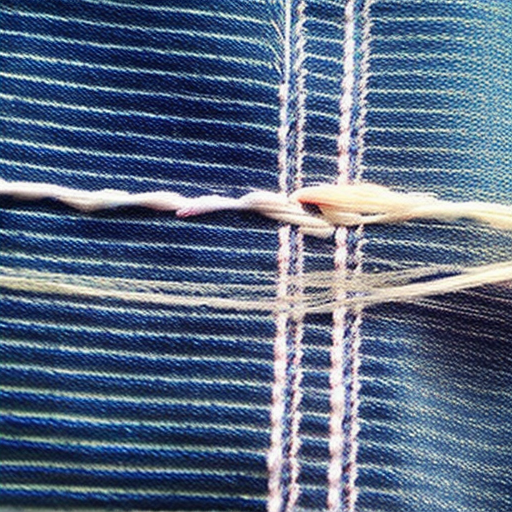
Seems like a great idea!
This is a fantastic way to introduce simple sewing techniques to young people! It’s important to teach the basics of this craft to young learners so that they can gain confidence and eventually move onto more advanced projects.